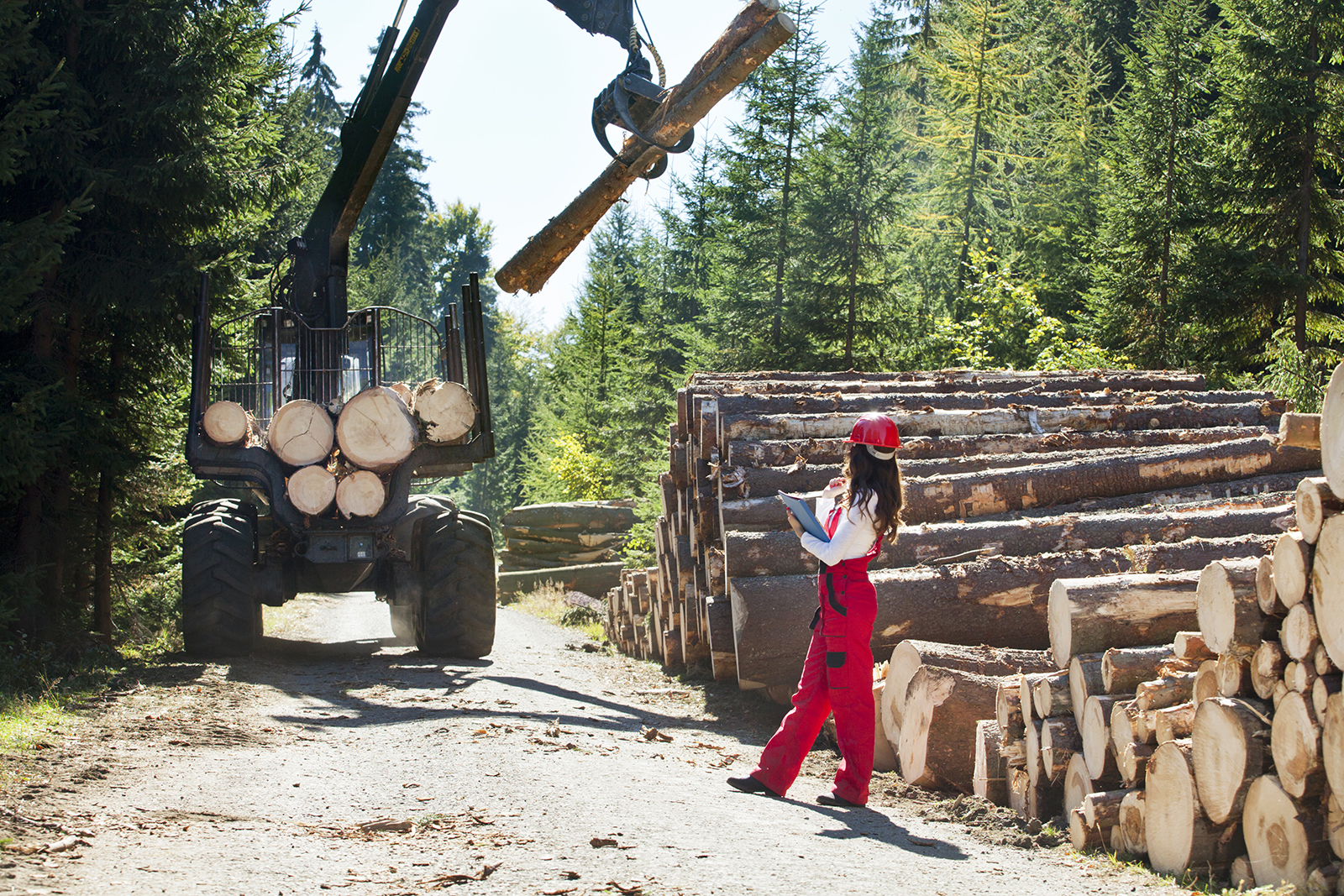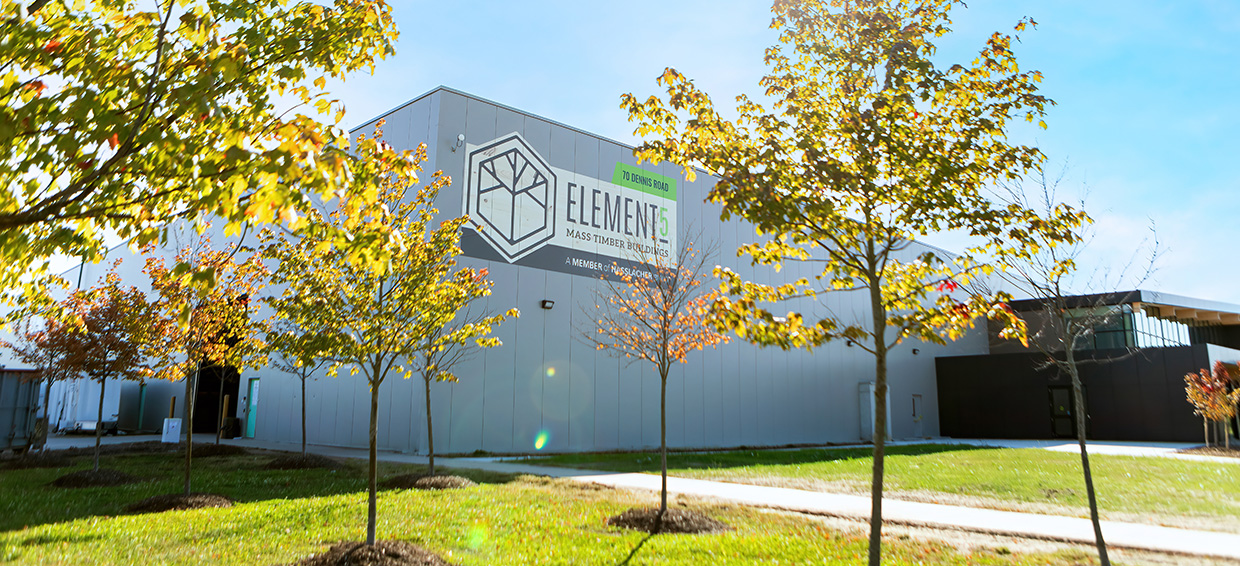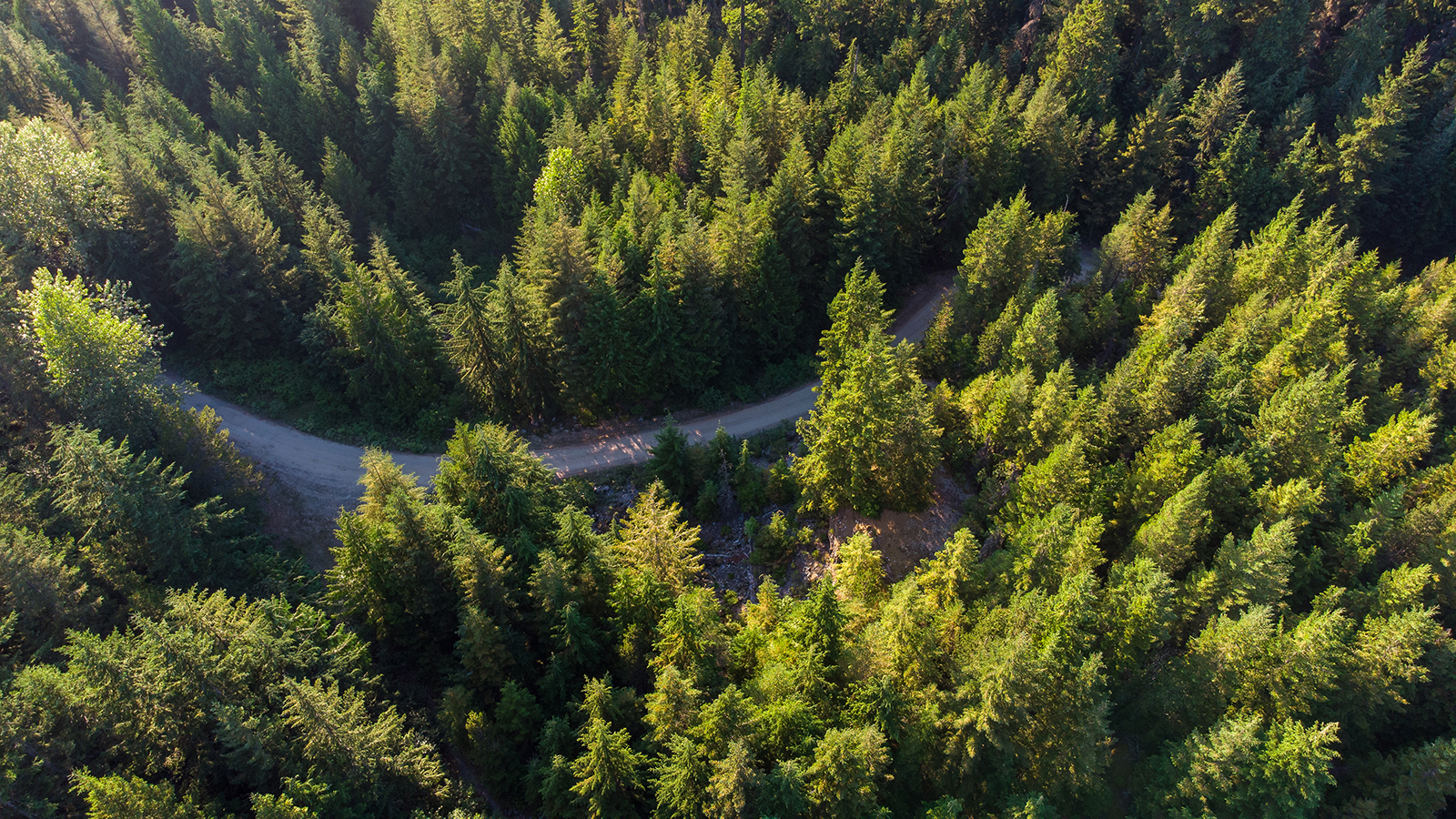Element5 is investing $107 million to expand its mass timber operations in St. Thomas, Ontario.
Explore Ontario’s forestry sector, where economic prosperity intersects with environmental stewardship. With forests covering 66% of the province's land area, Ontario’s forestry industry is not only a significant contributor to the economy but also plays a crucial role in maintaining ecological balance.
A Measurable Difference
$5.4B
in GDP contribution in 2023
42,500
direct forestry jobs in 2024
$7.95B
in exports in 2024
39%
of available area harvested annually
2%
of the world's forests
$21.6B
in revenue in 2023

Grow Your Business Potential in Ontario’s Abundant Forests
Explore the diverse range of opportunities Ontario’s vast forests offer for your business. Whether you’re in need of lumber for construction, pulp for paper manufacturing, or seeking to develop value-added products, Ontario’s rich forest resource provides the essential components for your success. Benefit from the versatility and abundance of Ontario’s resources to fuel your business growth and innovation.
56M+
hectares of productive forest
Unlock Global Market with Ease
Expand your market reach effortlessly with Ontario’s strategic location, adjacent to the world’s largest economy. In 2024 alone, Ontario’s forest sector exports totaled $7.95 billion, contributing significantly to the province’s economic vitality. With the recent $5.4 billion contribution to Ontario’s provincial GDP in 2023, leverage Ontario’s robust infrastructure and pivotal trade routes to streamline access to international markets. Seamlessly navigate cross-border trade operations, ensuring swift and efficient distribution of your forest products.
A leader in sustainable forest management
As the global marketplace demands ethical practices, Ontario stands out as a leader in sustainable forest management, with laws requiring regeneration of all harvested areas. With 74% percent of management units certified, the province represents 6% of the world’s certified forests, reinforcing its commitment in shaping a sustainable future.
Forestry certification in Ontario
- Value scale for slider
- 2011
- 2012
- 2013
- 2014
- 2015
- 2016
- 2017
Unlock the wilderness now
STORIES ROOTED IN ONTARIO’S FORESTS

Invest Ontario. Here to help.
